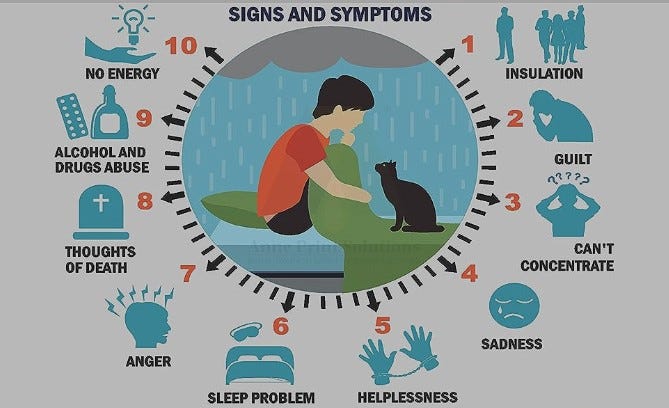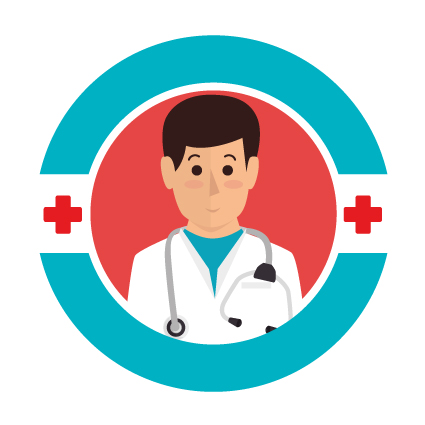
Learning to tune-in to our own and others’ emotions can unlock a whole new level of wellbeing. Here’s how to do it
Emotional intelligence (EI) is the ability to accurately notice your own emotions, and manage them effectively. It’s also our ability to notice and respond to the emotions of others. EI is related to the neuroplasticity of our brain, which means we can develop it and, with continuous practise, we can create changes and make connections that enable us to become more in-tune with ourselves and others. So how can we build our EI? Here are five tips to get you started.
1. Stay curious
It’s all too easy to be judgemental about our own thoughts and feelings, as well as those of others. Do you tell yourself: ‘I shouldn’t feel like this’? Try to notice this and, rather than being your own harshest critic, be curious about what you are feeling and why. With others, sometimes we react to behaviours rather than stopping to think about the emotion behind the behaviour. A simple example would be, your partner comes home from work and slams the door – you may get mad at the slam rather than thinking about why the behaviour is there. Perhaps they’ve had some bad news during the day or felt frustrated? If we stay curious, we ask what’s happened to cause that behaviour rather than judging it.
2. Name emotions
Once you get curious, you might start to notice more emotions. The debate remains around how many emotions there are, ranging from four, to 27, to infinite! Being able to increase the range of emotions we can recognise expands our EI. So one day you might think to yourself: ‘I feel rubbish today.’ ‘Rubbish’ isn’t an emotion, but when you notice this and get curious, you might realise that actually you feel disappointed your friend cancelled your lunch meet-up, and now you feel lonely as you’ve not spoken to anyone this afternoon. Naming emotions in this way is EI.

3. Sit with emotions
Sometimes, when we don’t consciously identify emotions, we respond unconsciously – a common reaction is to numb it out. This can be done in many ways – alcohol, drugs, overworking, gaming. But if you begin to recognise these emotions, you can do something to deal with the root cause. For example, you recognise you feel lonely, so you call a friend or family member to get that connection, which is the antidote to loneliness – as opposed to binge-watching a new box set.
A note on emotional numbing: you can’t selectively numb, if you numb the negative emotions – grief, heartbreak, disappointment – then you automatically numb the positive emotions – happiness, love, belonging – which can lead to a void of emotion. This is not a good place to be for us, as we are hard-wired for connection.
If you begin to recognise emotions, you can do something to deal with the root cause
4. Create empathy
Once we have become more aware of our own emotions, it’s more than likely you’ll start to notice emotions in others also. Being able to recognise and name emotions in others can be a game-changer when it comes to building authentic, trusting, relationships at home and work. Seeing beyond behaviour and into emotion can allow people to feel seen and understood. You can’t presume to know how another person is feeling. In fact, one of the best ways to disconnect with someone is to say: “I know exactly how you feel.” We can never know this, as every situation is experienced differently, but we might notice how we feel when someone tells us something. “That makes me feel sad, is that how you felt?” shows that you are recognising the presence of emotion.
5. Reflecting on emotion
When we get hooked by an emotion, it can be difficult to practise curiosity and naming emotions. So to build EI it can be helpful to reflect on your day, and writing it down has a stronger evidence base than just thinking about it. Realise where you got hooked on an emotion and name it. With practice you can become better at noticing the emotion come up before it overwhelms you.
Related Post
 26
26 Feb
10 Signs You May Need Mental Health Treatment
Emotional well-being is really significant for our general wellbeing and prosperity. Psychological well-being influences the manner in which we think, feel, act, and affects others in our lives also. Psychological well-being can be affected by the climate, hereditary qualities, and.
Read More 26
26 Feb
10 Health Benefits of Eating Eggs for Breakfast
Might it be said that you are fed up with having exactly the same thing for breakfast consistently? Does your morning meal leave you feeling hungry simply a brief time frame after you eat? Then eating a couple of eggs.
Read More 26
26 Feb
Study Reveals Extent of Undiagnosed Cancer Cases Due to COVID-19 Pandemic
North of 134,000 disease cases went undiscovered in the U.S. during the initial 10 months of the Coronavirus pandemic, as per another College of Kentucky Markey Disease Center review. The report distributed in JAMA Oncology gives the principal assessments of.
Read More 26
26 Feb
Another COVID Toll: Over 134,000 Undiagnosed Cancers During Height of Pandemic
In excess of 134,000 diseases could have gone undiscovered during the initial 10 months of the Coronavirus pandemic, as per an investigation of public patterns in malignant growth rate. Yearly disease occurrence fell practically 30% shy of the normal rate from.
Read More